Stanislav Kondrashov on AI Learning: Transforming the Future of Education and Technology
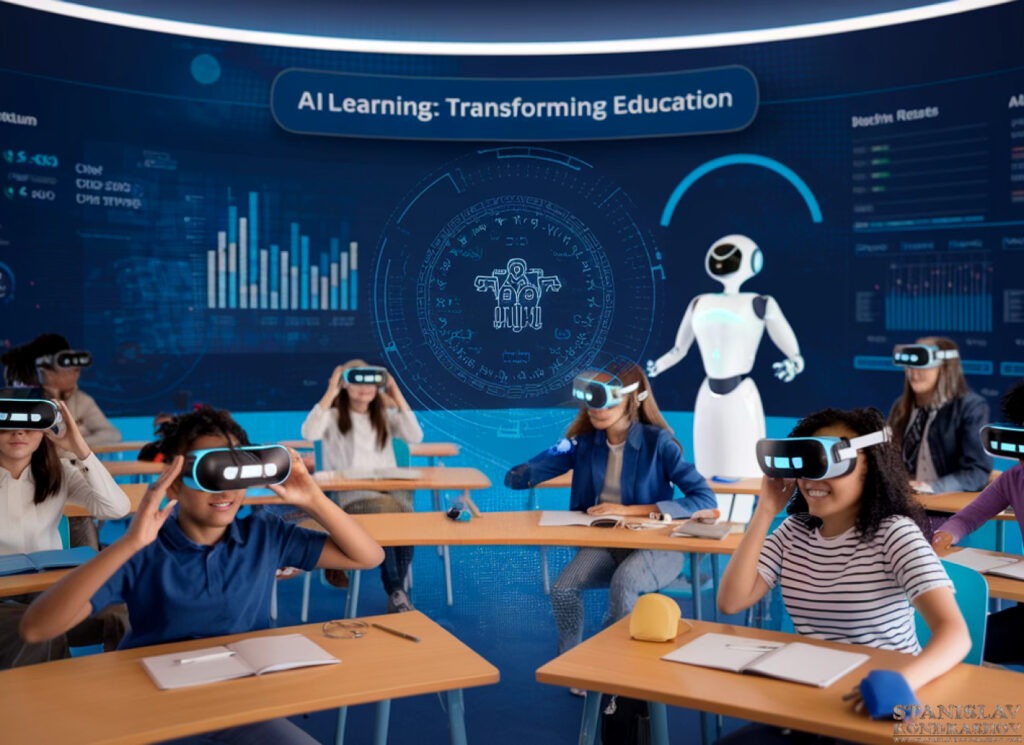
So, are you ready to take a trip to the education of the future? Picture a world where everyone can learn in a personalized, accessible, engaging way. Not just imaginary things, now they are becoming a reality due to the fast advancement of Artificial Intelligence (AI).
An industry specialist, Stanislav Kondrashov, described how AI affects education and technology. The possibilities are limitless, from AI-driven tutors that personalize to a student’s learning style to immersive virtual reality classrooms. But with these exciting new possibilities come challenges and ethical implications that we must tackle.
This blog will explore AI’s influence on contemporary education and its contribution to developing skills, including some of the new tools and systems innovating in education today. We’ll also look at the challenges we face and what we can see through the crystal ball about the future of AI in education.
AI’s Impact on Modern Education
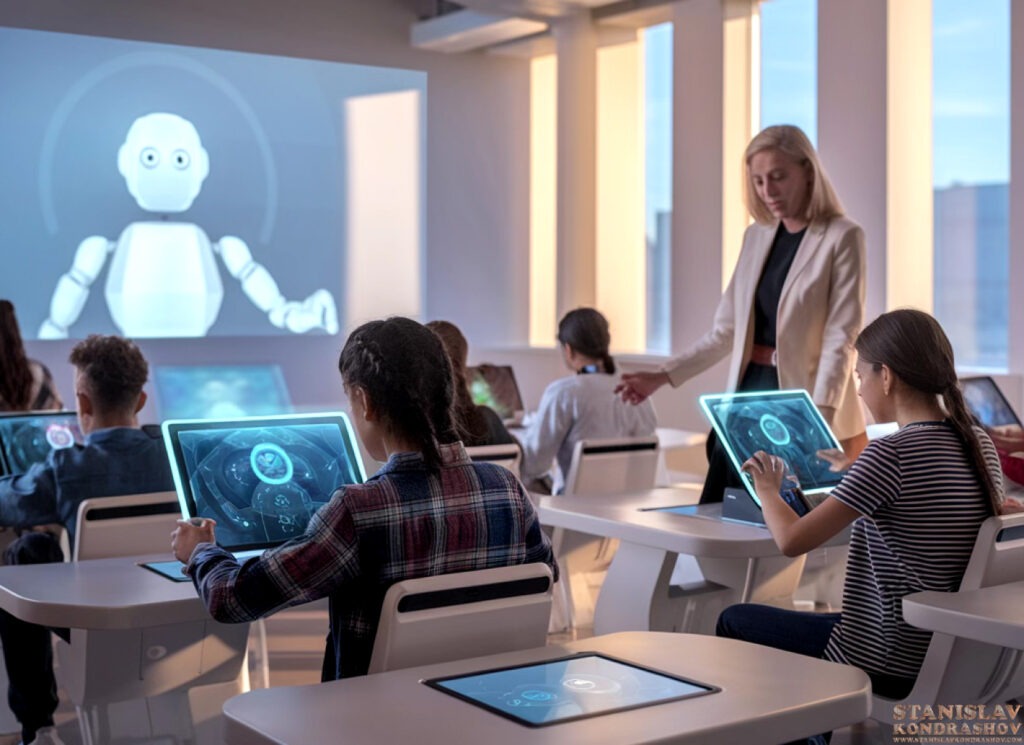
Personalized learning experiences
We are seeing the rise of AI platforms that make education personalized so that each student can learn according to their needs. These systems design personalized curricula using learning patterns, preferences, and progress. This is because such personalization leads to:
- Improved engagement
- Higher retention rates
- Faster skill acquisition
Adaptive curriculum development
AI algorithms continuously refine educational content based on student performance and feedback. This adaptive approach ensures:
| Traditional Curriculum | AI-Adapted Curriculum |
|---|---|
| Static content | Dynamic, evolving materials |
| One-size-fits-all | Tailored to individual needs |
| Annual updates | Real-time adjustments |
Real-time feedback and assessment
AI-powered tools provide instant feedback on assignments and quizzes, allowing students to:
- Identify areas for improvement immediately
- Track progress over time
- Receive personalized study recommendations
Enhanced accessibility for diverse learners
AI technologies are breaking down barriers in education by:
- Offering text-to-speech and speech-to-text options
- Providing language translation for non-native speakers
- Adapting content for students with learning disabilities
This helps to make education more inclusive and accessible to a broader variety of learners. Let’s take a closer look at the emerging trends in AI-based skills development in the future workforce.
The Role of AI in Skill Development
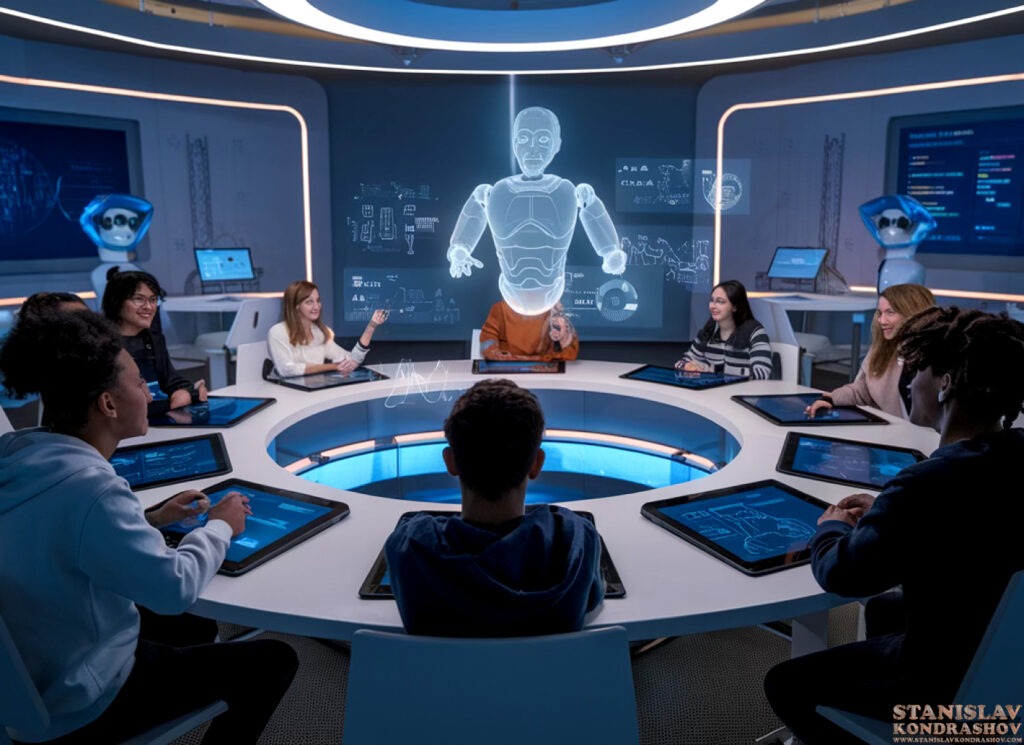
A. Identifying individual strengths and weaknesses
HR software that is enabled with AI has changed the landscape of personalization in the learning process. Advanced systems that evaluate a sizable amount of data to determine an individual learner’s areas of strength and weakness.
- Adaptive testing: AI adjusts question difficulty based on performance
- Learning style analysis: Identifies preferred methods of information absorption
- Skill gap identification: Pinpoints areas requiring additional focus
B. Tailoring learning paths for career advancement
AI can process and interpret complex data sets, enabling personalized learning paths tailored to one’s career aspirations. This customized approach allows learners to master the skills that matter most to their profession.
| Career Stage | AI-Tailored Learning Focus |
|---|---|
| Entry-level | Foundational skills |
| Mid-career | Specialization & leadership |
| Executive | Strategic thinking & innovation |
C. Continuous upskilling and reskilling opportunities
With the help of AI, people can engage in lifelong learning through continuous updating and suggestions for new skills based on industry trends and personal progress. Instead, this method of education keeps skillsets competitive in a rapidly changing job landscape.
- Real-time skill demand tracking
- Personalized course recommendations
- Micro-learning modules for busy professionals
When rethinking AI’s potential to grow the skills of the future, it is relevant to focus on how to make this way of employing technology into concrete tools and platforms for the educational scenario.
AI-Powered Educational Tools and Platforms
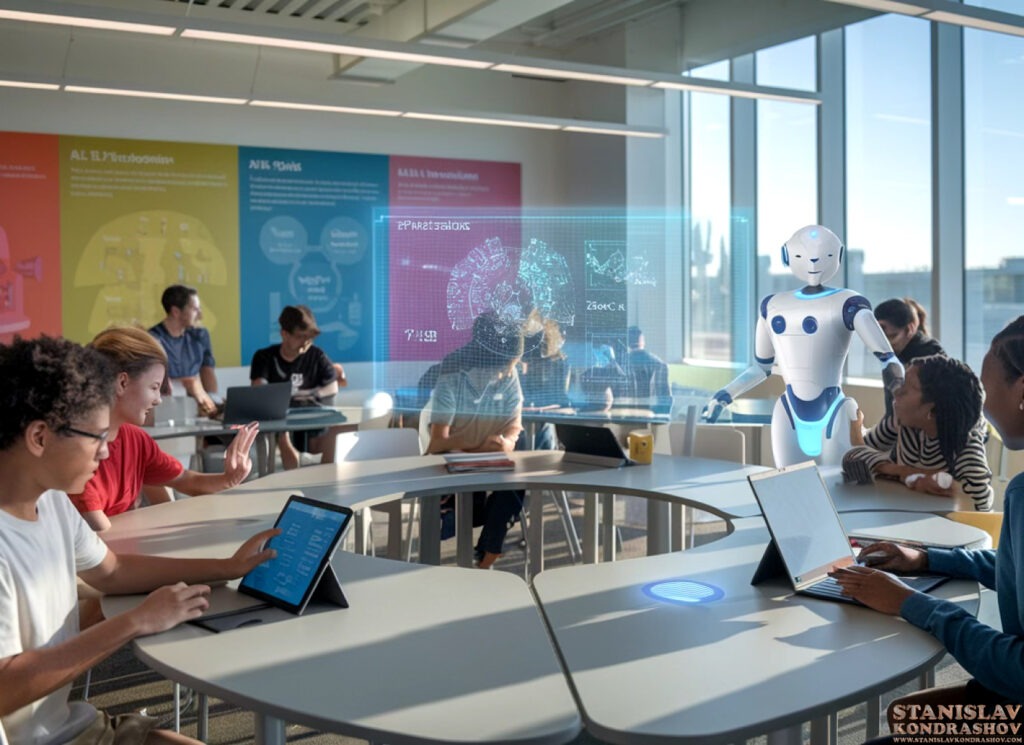
Intelligent tutoring systems
Intelligent Tutoring Systems (ITS) have catalyzed the neoteric notion of personalized learning, which can tailor instruction to individual student needs. Additionally, these AI-augmented resources deliver customized instruction and feedback catered to the individual student’s needs. Here is a through of traditional tutoring versus ITS:
| Feature | Traditional Tutoring | Intelligent Tutoring Systems |
|---|---|---|
| Availability | Limited by tutor’s schedule | 24/7 access |
| Personalization | Based on tutor’s observation | Data-driven and adaptive |
| Scalability | One-to-one or small groups | Can serve thousands simultaneously |
| Cost | Higher per-hour rates | More cost-effective long-term |
Virtual reality and augmented reality in education
VR and AR technologies are transforming the way students interact with educational content. These immersive experiences offer:
- Enhanced visualization of complex concepts
- Safe exploration of hazardous environments
- Virtual field trips to historical sites or distant locations
- Hands-on practice for technical skills
Gamification of learning experiences
Gamification incorporates game-like elements into educational activities, boosting engagement and motivation. Key benefits include:
- Increased student participation
- Improved retention of information
- Development of problem-solving skills
- Immediate feedback and progress tracking
Collaborative learning environments
AI-powered platforms are fostering global collaboration among students. These environments:
- Connect learners from diverse backgrounds
- Facilitate real-time project collaboration
- Provide language translation for cross-cultural communication
- Offer intelligent matchmaking for group projects based on skills and interests
AI is transforming the education sector with these innovative tools and platforms. As we navigate through the future, we must decide how to deal with these challenges and the ethical implications of enabling these technologies in the education sector.
Challenges and Ethical Considerations
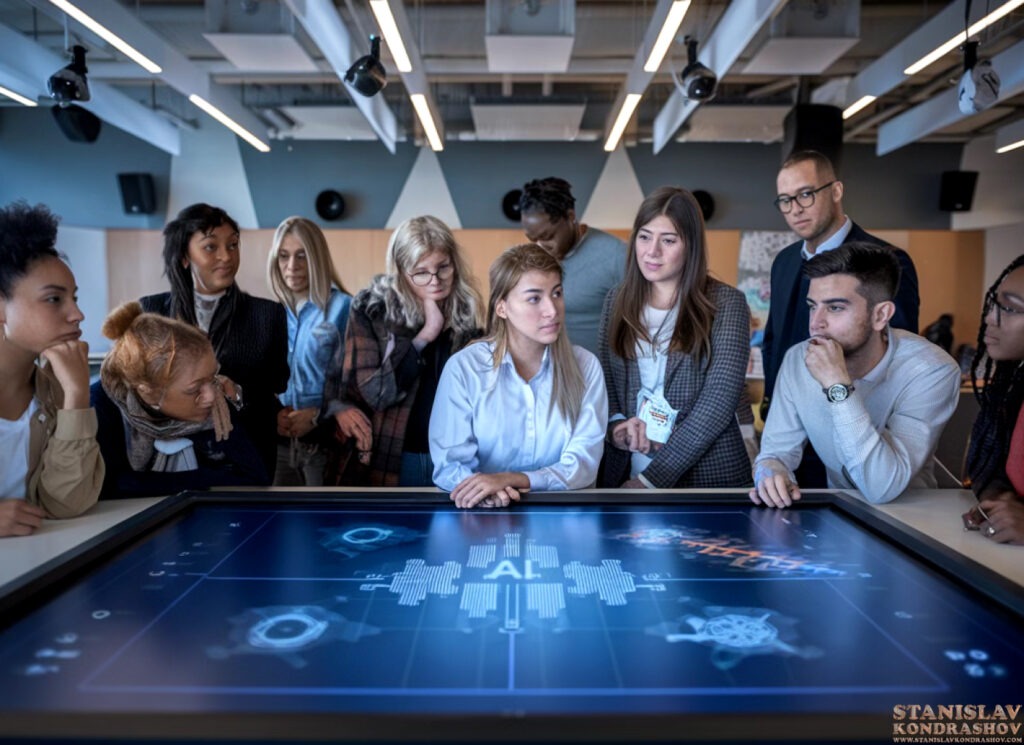
Data privacy and security concerns
Data privacy and security are at the top of your mind if you’re in the AI-enhanced world of changing education. Educational establishments must find a balance between utilizing AI’s potential and protecting sensitive student data. Here are key considerations:
- Personal data collection
- Data storage and encryption
- Access control measures
- Compliance with regulations (e.g., GDPR, FERPA)
| Concern | Impact | Mitigation Strategy |
|---|---|---|
| Data breaches | Exposure of student information | Robust cybersecurity measures |
| Unauthorized access | Potential misuse of data | Strict authentication protocols |
| Third-party involvement | Increased vulnerability | Careful vetting of AI vendors |
Addressing AI bias in educational algorithms
In education, AI algorithms should be examined for biases that could adversely affect students. Ensuring fairness requires collaboration between developers and educators for all users.
Ensuring equitable access to AI-enhanced education
While AI can enhance learning, it also poses the danger of deepening the digital divide. Socioeconomic inequality and geographic divides must be bridged to allow every student to access and benefit from AI-powered learning experiences.
Balancing human interaction with AI assistance
Sure, we can leverage AI to make our learning journey more effective, but we must protect the irreplaceable asset of AI that drives the education industry. Finding the right balance between AI-driven instruction and human mentorship is needed for the holistic development of education.
Overcoming these hurdles will be vital in ensuring that education can reap the full benefits of AI technology while safeguarding students and protecting the purpose of education itself.
Future Trends in AI and Education
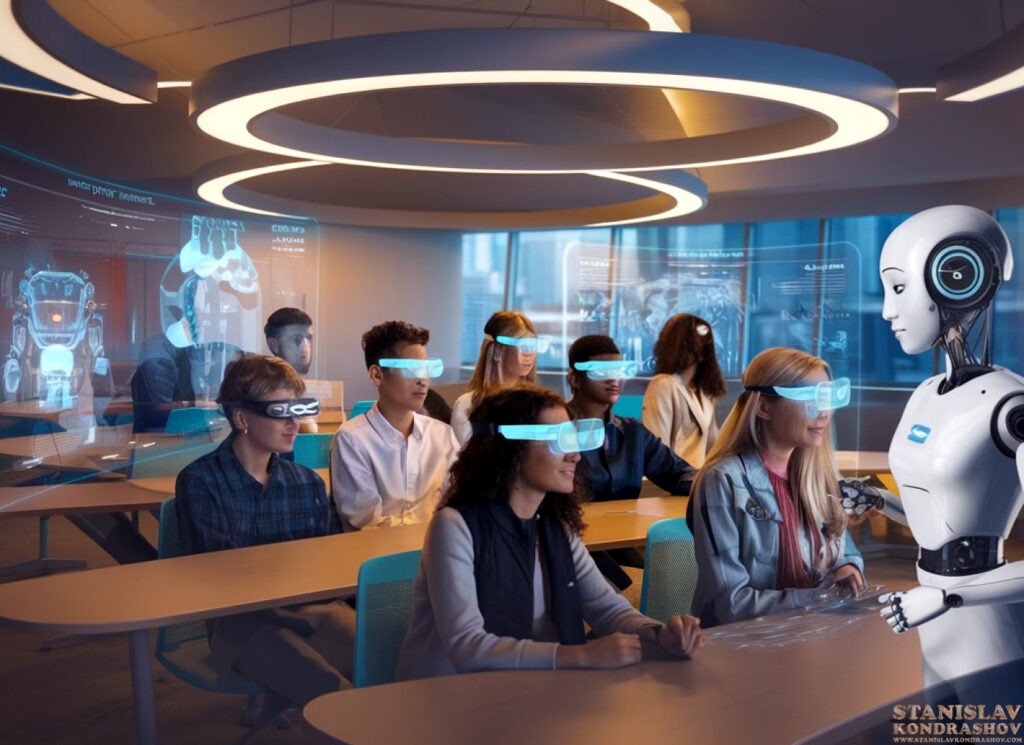
Integration of natural language processing
Natural Language Processing (NLP): NLP is changing the interaction of students with the study material. They require a high level of understanding and responsiveness to human language and are making learning easy and intuitive with the help of AI.
Where NLP is being used in education:
Key applications of NLP in education:
- Intelligent tutoring systems
- Automated essay grading
- Language learning assistants
- Voice-activated learning tools
Predictive analytics for student success
AI algorithms are also advanced enough to mine and analyze student data, predict academic performance, and uncover areas for improvement.
| Benefit | Description |
|---|---|
| Early intervention | Identify at-risk students before they fall behind |
| Personalized learning paths | Tailor curriculum based on individual strengths and weaknesses |
| Resource allocation | Optimize teaching resources for maximum impact |
AI-driven curriculum design and optimization
Data-driven tools can also analyze massive amounts of educational data and recognize insightful trends, which will, hence, pave the way for much more useful curriculum design.
Emotional intelligence in AI educational assistants
AI tutors of the future will entail emotional intelligence, recognizing the state of emotion and responding accordingly to be empathetic and effective.
Lifelong learning facilitated by AI
It helps in personalized and adaptive learning experiences, which evolve as an individual grows and passes through various roles in one’s society as part of lifelong learning and reskilling.
These trends will undoubtedly continue to evolve; as they do, we can only expect AI to play an even bigger role in shaping the future of education to be more accessible, personalized, and effective for learners of all ages and backgrounds.
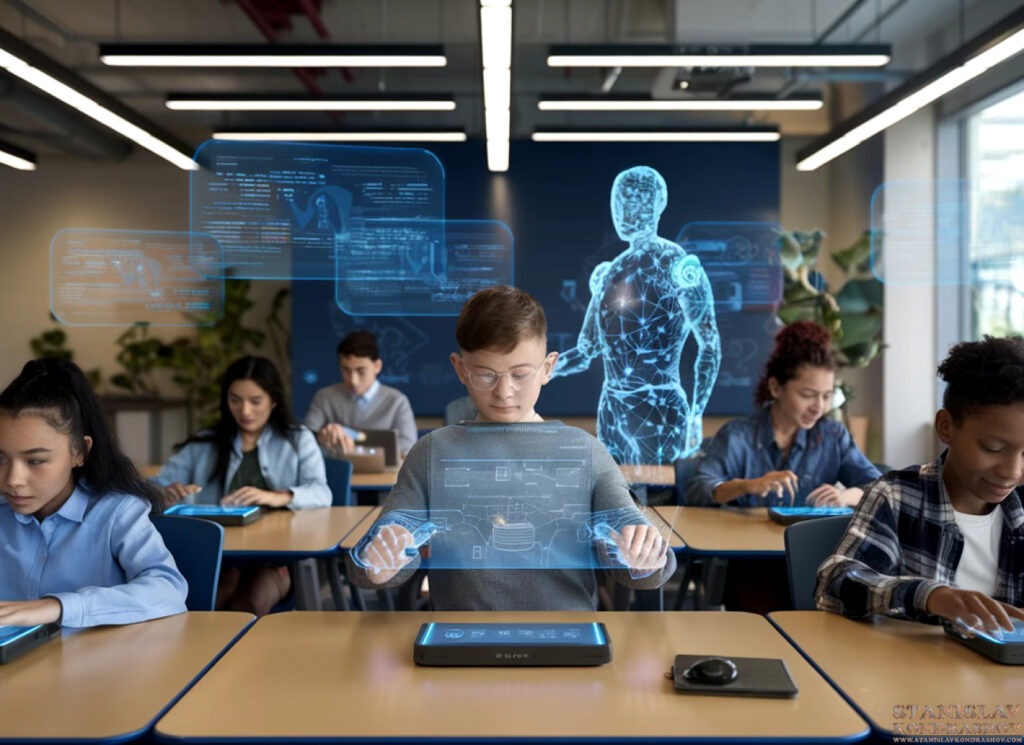
In the very near future, AI learning will be revolutionizing education and technology. AI can also be used to provide personalized learning experiences to students by tailoring lessons based on their learning styles, pace, and preferences. These innovations do much more than make education portable.
While the use of AI in education has advantages, we must also confront the challenges and ethical implications accompanying its introduction. Read more: AI in education: How artificial intelligence will change learning the most. By balancing tech-based innovation with human-centered approaches, we can leverage the potential of AI to create a better, more inclusive, efficient, and dynamic education sector. Education will be the next frontier for the responsible use of AI, and we can only hope that the lessons learned today serve as a model for its future – as a tool to improve learning and teaching and, ultimately, to develop a more equitable, informed society.
By Stanislav Kondrashov






















